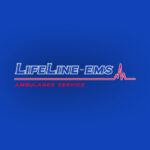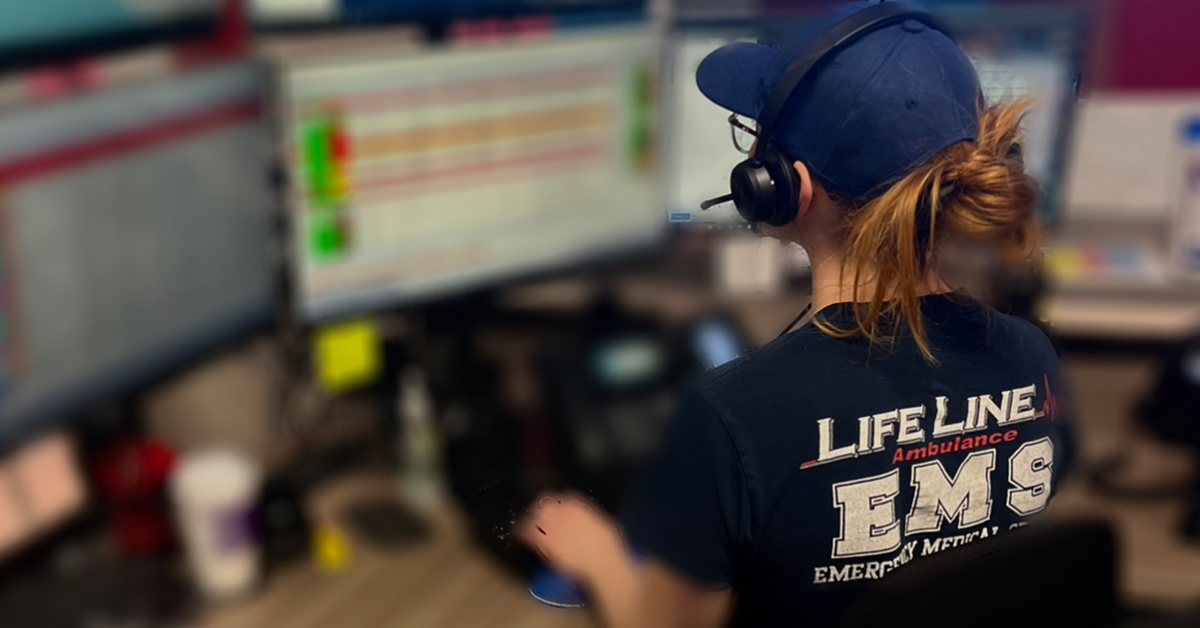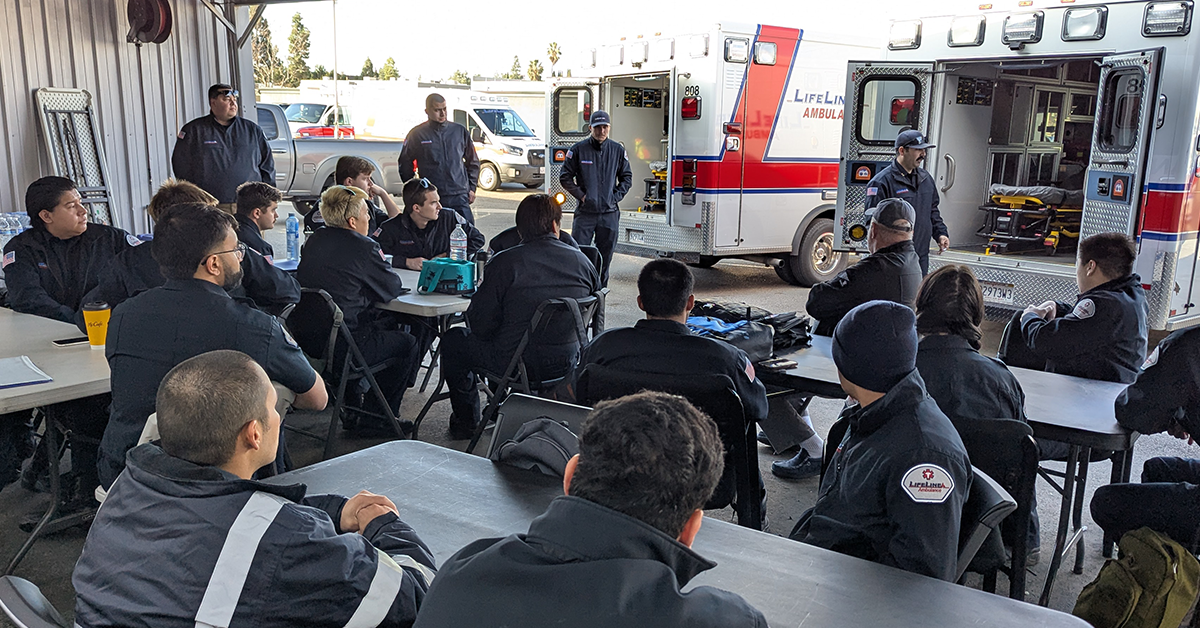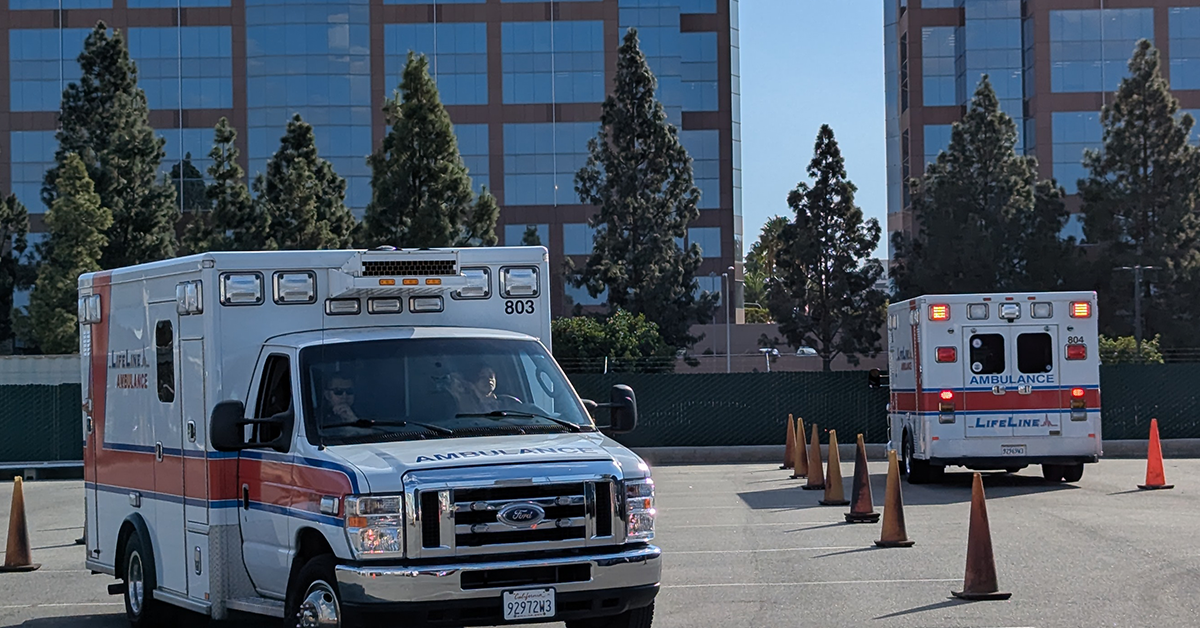In the high-stakes world of emergency medical services, clear and effective communication can mean the difference between life and death. EMS professionals must make split-second decisions, coordinate complex responses, and relay critical information—all under intense pressure.
Why Communication is Crucial in EMS
1. Rapid Decision-Making
Time is of the essence in emergencies. Accurate information must flow between dispatchers, EMTs, paramedics, and receiving hospitals to guide quick, informed decisions.
2. Patient Safety
Clear communication reduces the risk of misunderstandings that could lead to medical errors. Whether relaying vital signs or medication details, accuracy is paramount.
3. Team Coordination
EMS teams work in dynamic environments. Coordination among team members is essential for seamless care, particularly in multi-agency responses or large-scale incidents.
4. Public Confidence
Effective communication with patients and bystanders fosters trust. In stressful situations, calm and clear explanations help reduce panic and increase cooperation.
Key Components of Communication in EMS
1. Dispatcher-Responder Communication
The first critical exchange begins between 911 dispatchers and EMS personnel. LifeLine EMS dispatchers:
- Accurately gather caller information.
- Relay details clearly and concisely to field teams.
- Provide real-time updates as situations evolve.
2. Intra-Team Communication
On-scene communication among EMTs and paramedics involves:
- Assigning roles quickly.
- Using standardized medical terminology to avoid confusion.
- Conducting brief check-ins during the response to adapt to changing conditions.
3. Hospital Coordination
Pre-hospital notifications ensure that medical facilities are ready to receive patients. LifeLine EMS teams use advanced telemetry to:
- Transmit patient data, including vitals and symptoms.
- Provide estimated arrival times.
- Update receiving teams on condition changes en route.
4. Communication with Patients and Families
Delivering compassionate, clear explanations to patients and their loved ones helps:
- Reduce anxiety.
- Ensure cooperation.
- Build trust in the care being provided.
Technology’s Role in Enhancing EMS Communication
At LifeLine EMS, technology is a key factor in strengthening communication. We utilize:
1. GPS and Real-Time Tracking
Our dispatch systems allow for precise tracking of ambulances, optimizing response times and resource deployment.
2. Mobile Data Terminals (MDTs)
These devices provide teams with access to:
- Real-time updates.
- Electronic patient care reports.
- Route guidance and safety alerts.
3. Telemetry and Remote Monitoring
Paramedics can transmit patient data directly to hospitals, enabling emergency departments to prepare ahead of arrival.
4. Two-Way Radios and Encrypted Communication
Secure radio systems ensure that sensitive patient information is shared confidentially and without interruption.
Training for Effective Communication at LifeLine EMS
We believe communication is a skill that requires continuous improvement. LifeLine EMS invests in:
1. Communication Skills Training
Our EMS teams receive specialized training on:
- Active listening.
- Clear articulation under pressure.
- Non-verbal communication cues.
2. Scenario-Based Simulations
We use realistic drills to:
- Recreate stressful communication scenarios.
- Teach adaptability and clarity in chaotic environments.
3. Multi-Agency Training
EMS responses often involve fire departments, law enforcement, and hospitals. We train for:
- Cross-agency coordination.
- Unified command communication protocols.
Common Communication Challenges in EMS
1. Noise and Distractions
Loud environments can interfere with verbal communication. Our teams are trained to use hand signals and maintain eye contact when verbal communication is hindered.
2. Emotional Stress
Stress can cloud judgment and clarity. LifeLine EMS emphasizes mental preparedness and stress management to help maintain composure.
3. Language Barriers
In diverse areas like Los Angeles, language differences are common. Our teams include bilingual responders and use translation apps to bridge communication gaps.
How You Can Help EMS Communication
As a member of the public, you can assist EMS teams by:
- Remaining calm and providing clear, concise information during 911 calls.
- Following instructions given by first responders.
- Helping guide EMS personnel to the exact location of emergencies when safe to do so.
Why LifeLine EMS Stands Out in Communication Excellence
LifeLine EMS in Los Angeles and Southern California has built a reputation for communication leadership by:
- Integrating cutting-edge technology.
- Providing ongoing team training.
- Establishing strong relationships with local hospitals and public safety agencies.
Our focus on communication ensures we deliver exceptional care and maintain operational efficiency in every emergency.
Keep Reading
Want more? Here are some other blog posts you might be interested in.
Emergency Medical Services is an ever-evolving field that requires constant learning and adaptation. With medical advancements, technological innovations, and increasing public health...
Emergency Medical Services s a high-stress, physically demanding profession that requires dedication, quick decision-making, and resilience. While the rewards of saving lives...
When someone dials 911 for a medical emergency, the response seems almost instantaneous. However, behind every EMS call is a sophisticated system...






